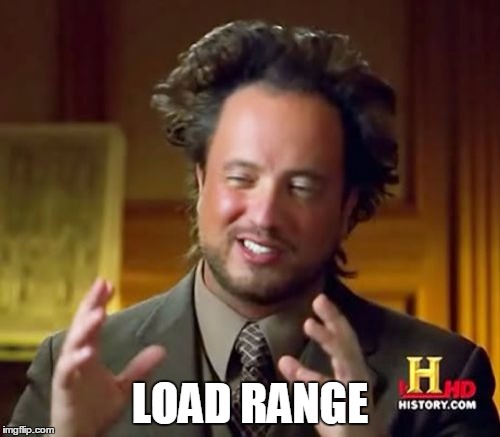proper4wd
Expedition Leader
You guys are nuts and your lack of real world experience is showing.
To close this argument once and for all - there are practically zero C rated tires available on the market anymore. You will find them in "Jeep" sizes like 31x10.5R15, or 265/75R16, or sometimes in 33x12.5R15 or 35x12.5R15 - but all of the modern metric tire sizes that are common and useful are D and E only.
So, we adapt - lower the air pressure by 10-15% across the board and get back to enjoying the trail and scenery rather than hyper-focusing on your tire flexibility.
As far as the statement, " If you don't mind bumping obstacles and spinning on a 1000' cliff then go with the E. I've never had a tire spin or had to back up and bump on Cliffhanger trail with a C." - if tire load rating is the only factor you think is at play here, well then that tells me all I need to know about your experience level.
Happy trails,
To close this argument once and for all - there are practically zero C rated tires available on the market anymore. You will find them in "Jeep" sizes like 31x10.5R15, or 265/75R16, or sometimes in 33x12.5R15 or 35x12.5R15 - but all of the modern metric tire sizes that are common and useful are D and E only.
So, we adapt - lower the air pressure by 10-15% across the board and get back to enjoying the trail and scenery rather than hyper-focusing on your tire flexibility.
As far as the statement, " If you don't mind bumping obstacles and spinning on a 1000' cliff then go with the E. I've never had a tire spin or had to back up and bump on Cliffhanger trail with a C." - if tire load rating is the only factor you think is at play here, well then that tells me all I need to know about your experience level.
Happy trails,



